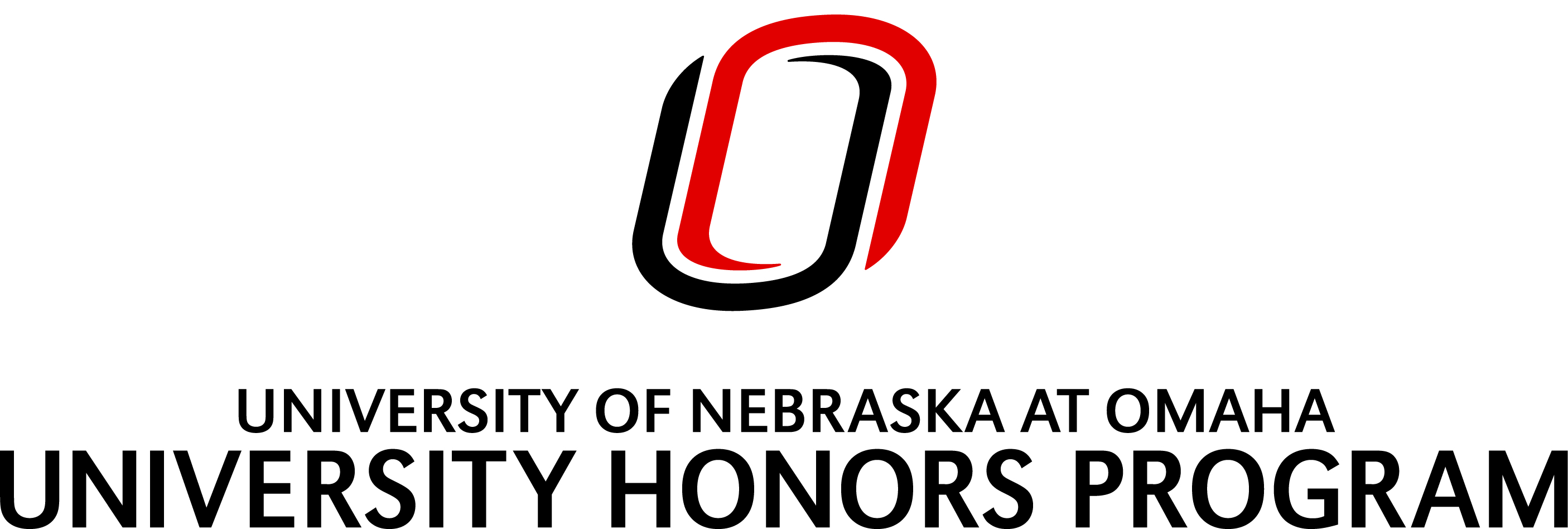Month/Year of Graduation
5-2019
First Advisor
eryherd@unl.edu
Abstract
This project examines experimental methodologies, common test practices, and identifies relevant acoustic metrics to determine effective noise control parameters and strategies for implementation in a new speech perception testing room in Lincoln, Nebraska. The nature of speech perception testing demands that the experiment facility be as quiet and non-disruptive as possible to ensure that auditory stimuli is not interfered with. Influences of ambient acoustic conditions, like background noise and reverberation time, interfere with speech perception testing by introducing new variables that are often difficult to account for if left uncontrolled. A room-in-room chamber (sound booth) is often a best-case practice for minimizing acoustical room effects, but such chambers are not always feasible for non-standard room layouts, and they are also often cost-prohibitive. Therefore, alternative acoustic treatment options must be explored. An examination of speech-related acoustic metrics has been conducted to determine if other available metrics within the acoustical field can better describe and standardize speech perception testing facilities. Consideration has also been given to the gamut of test batteries that are often implemented in speech perception experiments to determine the specific acoustical concerns related to each test method. Case studies of noise control strategies have also been examined to determine the most effective methods of mitigating acoustic concerns in speech perception test facilities. In reviewing the nature of speech perception tests, examining relevant standards, identifying relevant metrics, and reviewing design case studies, a comprehensive approach has been developed to provide quality acoustical consultation to the client.
Recommended Citation
Underwood, Samuel H., "Application of Effective Noise Control Strategies in Speech Perception Testing Rooms" (2019). Theses/Capstones/Creative Projects. 46.
https://digitalcommons.unomaha.edu/university_honors_program/46

